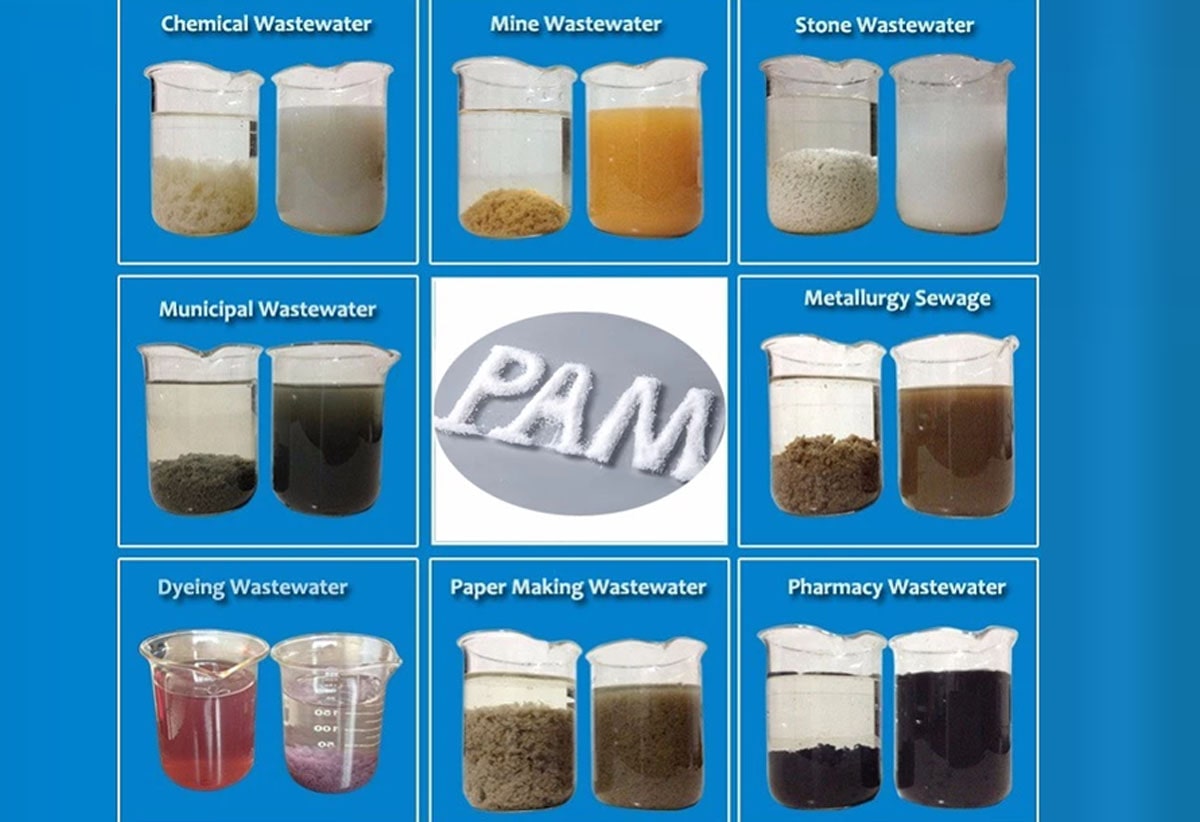For this nuclear wastewater discharge incident, we can analyze it from three aspects: market demand, supply chain and cost.
Recently, the Japanese government announced that it will discharge nuclear wastewater into the ocean, which has aroused worldwide attention and discussion. As part of the anionic polyacrylamide (APAM) industry, we can't help but ask: Will this decision have an impact on the APAM industry?
First of all, we need to understand the relevant knowledge of anionic polyacrylamide. Anionic polyacrylamide is a polymer compound widely used in water treatment, mining, oil extraction and other fields. Its principle is to use anionic groups and suspended particles to generate charge neutralization, so that the particles aggregate and settle, so as to purify water quality and improve oil recovery.
For this nuclear wastewater discharge incident, we can analyze it from three aspects: market demand, supply chain and cost.
In terms of market demand: the discharge of nuclear wastewater into the sea may cause controversy and concern around the world. However, for the APAM industry, it is not yet clear whether this incident will stimulate market demand growth. Although APAM can be used to treat nuclear wastewater, the processes and methods for treating nuclear wastewater are very complicated and need to be combined with other technologies and equipment, which cannot be solved by a single APAM. Therefore, the growth of APAM market demand will depend on the processing solutions and technology choices in various parts of the world.
In terms of supply chain: Japan is a major producer of APAM, and its discharge of nuclear wastewater into the sea may have a certain impact on the APAM supply chain. On the one hand, some APAM production enterprises may face a shortage of raw materials, because one of the main raw materials for the production of APAM is acrylonitrile, and nuclear energy may be used in the production process of acrylonitrile. On the other hand, the environmental problems caused by the discharge of nuclear wastewater may have a negative impact on the image of APAM manufacturers, and even cause pressure from public opinion.
In terms of cost: nuclear energy is a relatively cheap energy source. Therefore, the discharge of Japanese nuclear wastewater into the sea may lead to an increase in energy costs, thereby affecting the production cost of APAM. In addition, since the prices of other raw materials such as acrylonitrile and acrylic acid in the production process of APAM may also be affected, the production cost of APAM may be further increased.

Based on the above analysis, we can draw the following conclusions: the anionic polyacrylamide industry may be affected by the discharge of Japanese nuclear wastewater to a certain extent, but the specific degree of impact needs further observation and analysis according to the actual situation. The future development of the APAM industry will depend on the comprehensive effects of multiple factors such as nuclear wastewater treatment solutions around the world, changes in the energy market, and public opinion.
As a member of the APAM industry, we should pay close attention to relevant trends, actively explore and research new technologies and methods, and contribute to the development and growth of the APAM industry. At the same time, we also need to strengthen communication and collaboration within the industry to jointly deal with possible challenges and opportunities.






